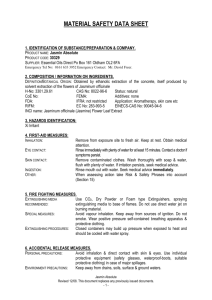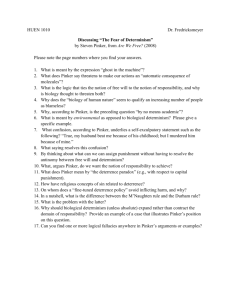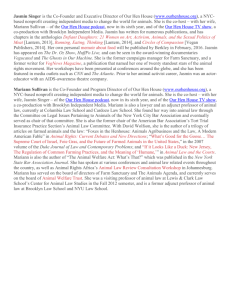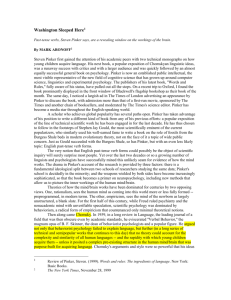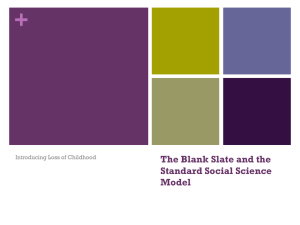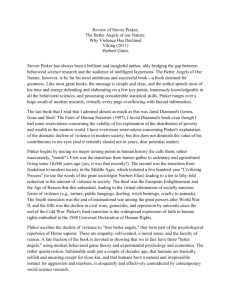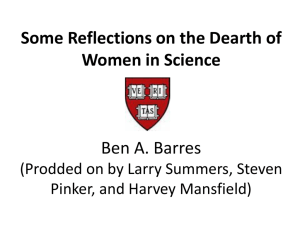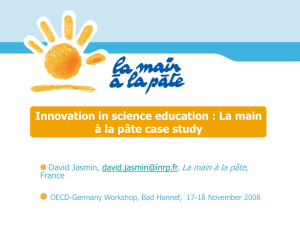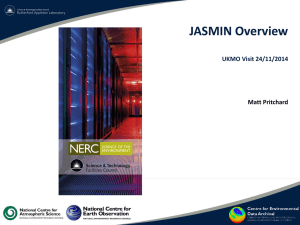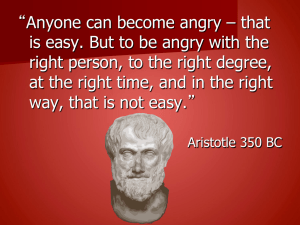Associative Learning: language of head or heart?
advertisement
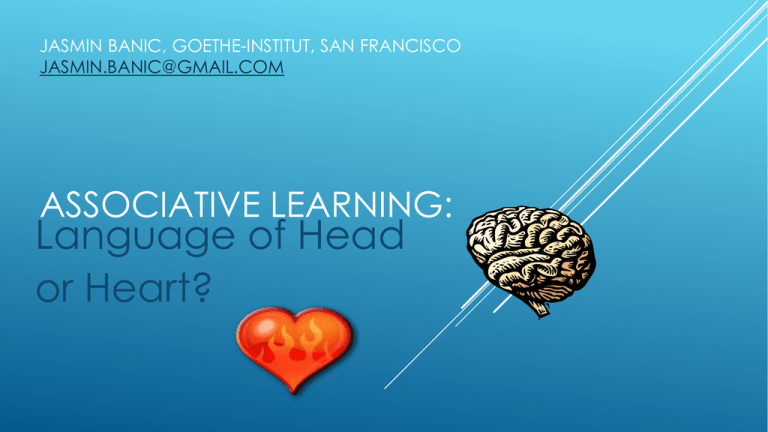
JASMIN BANIC, GOETHE-INSTITUT, SAN FRANCISCO JASMIN.BANIC@GMAIL.COM ASSOCIATIVE LEARNING: Language of Head or Heart? HOW DO YOU CONDUCT YOUR LANGUAGE CLASSES? • Monolingual vs. bilingual? • What would be your #1 linguistic goal with the following text? • Grammar? Semantics? Features of Romanticism? HEAD VS. HEART “If you talk to a man in a language he understands, that goes in his head. If you talk to him in his language, that goes in his heart.” Nelson Mandela Pinker, Steven: “How the Mind Works” “The Romantic movement in philosophy, literature, and art began about two hundred years ago, and since the emotions and the intellect have been assigned to different realms. The emotions come from nature and live in the body. They are hot, irrational impulses and intuitions, which follow the imperatives of biology. The intellect comes from civilization and lives in the mind. It is a cool deliberator that follows the interests of self and society by keeping emotions in check. Romantics believe that the emotions are the source of wisdom, innocence, authenticity, and creativity, and should not be repressed by individuals or society. Often the romantics acknowledge a dark side, the price we must pay for artistic greatness.” Similarity by Ending English Spanish German -ty -dad -tät, -shaft, -keit -tà -tion -ción -tion -tà creativity, society, authenticity civilization creatividad, sociedad, autencidad civilización Kreativität, Gesellschaft, Glaubwürdigkeit Zivilisation Italian creatività, società, autenticià civiltá Similarity by Formation English German sing, sang, sung singen, sang, gesungen begin, began, begun beginnen, begann, begonnen False Cognates English German Spanish ultimately últimamente/ recently embarrassed embarazada/ pregnant moderator der Moderator/ news anchor caution die Kaution/ security deposit Italian salir/ to go out salire/to go up guardar/to keep, to guard guardare/to look burro/donkey burro/butter Jasmin’s Suggestions • Ongoing Addition to your Syllabus • Visual Recognition • Encouraging Word Formation: Your students as WORDSMITHS! • Audio + Video Assignments: TV, YouTube, Street signs & Ads References Chomsky, Noam: “Language and Mind”, 1972 Jackendoff, Ray: “Patterns in the Mind”, 1994 Pinker, Steven: “How the Mind Works”, 1997 Pinker, Steven: “Words and Rules – The Ingredients of Language”, 1999 Pinker, Steven: “The Stuff of Thought – Language as a Window into Human Nature”, 2007 Erard Michael: “Slips, Stumbles and Verbal Blunders and What They Mean”, 2007 McWhorter, John: “What Language is (And what it isn’t and What it Could Be), 2011 THANK YOU Jasmin Banic, jasmin.banic@gmail.com
